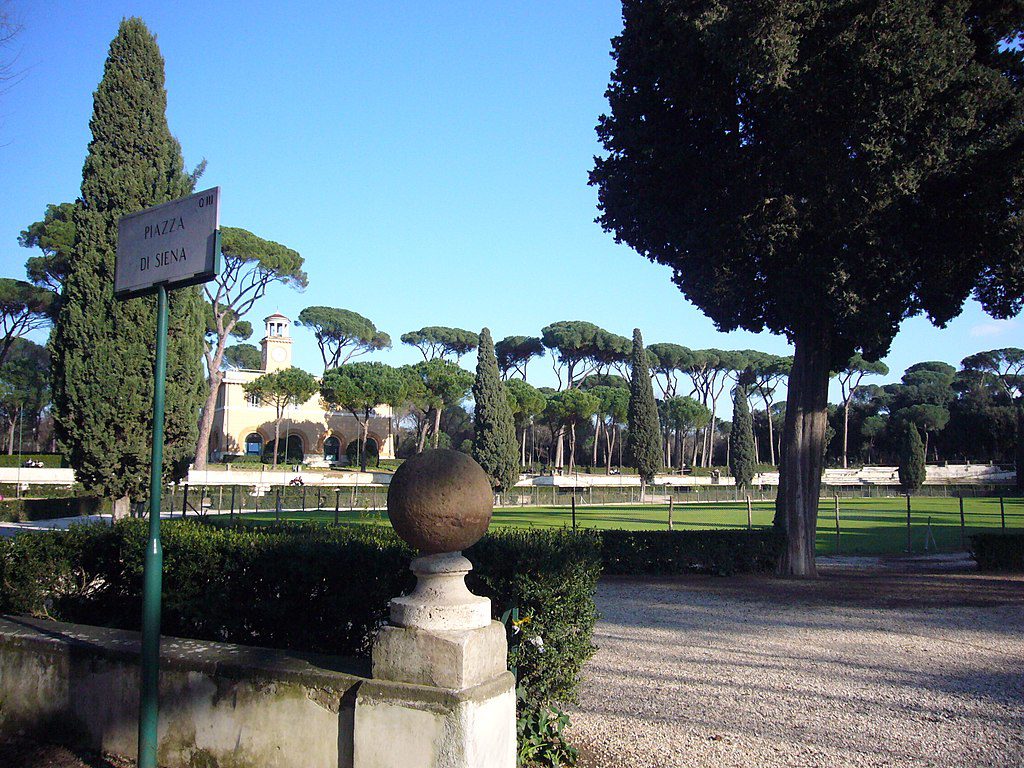Respighi, Pines of Rome
I have considered trying to identify musical works likely to appeal to boys. I’m not sure how to define the age range, but I suspect it doesn’t matter. Music that appeals to young boys probably appeals to old boys. It’s like electric trains: you never outgrow some things.
What musical characteristics might capture a boy’s imagination? Maybe the composition should be loud and boisterous, filled with brass and percussion. Perhaps it should have a narrative arc with a strong, triumphant finish. That’s not to say boys won’t like the slow movement of a Haydn string quartet, but let’s face it, boys like things that go bang.
All of those elements come together in Respighi’s Pines of Rome (1924). The work has nothing in particular to do with boys. It is generally considered a crowd-pleaser, appealing to just about everybody. My only point is that if you want to get a boy interested in orchestral music, something like Pines of Rome would be a good place to start.
The work contains four movements, each representing the pines in a particular region of Rome: The Pines of the Villa Borghese, The Pines Near a Catacomb, The Pines of the Janiculum, and The Pines of the Appian Way.
But let’s switch gears for a moment. Before listening to the Pines, listen to some Gregorian Chant: the Sanctus from Mass IX and the Kyrie 1 (Clemens Rector). You will hear both chants featured prominently in the second movement (Catacombs), and it helps to understand Respighi’s clear reference to these chants.
The third movement presents a muted night scene complete with recorded nightingales.
If you’re looking for a strong dramatic finish to impress the boys, you would want the final movement to set a consistent rhythmic pulse reminiscent of Roman legions marching up the Appian Way. You would dust off all the percussion instruments you can find, bring in the pipe organ, and augment your brass with some extra horns off-stage. Start quietly and build relentlessly to the final climax.




